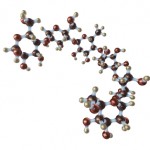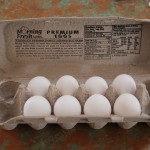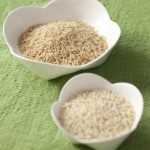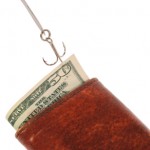I was reading The Wall Street Journal this morning, starting as usual with the "Personal Journal section which headlined the story of a successful prolonged cardiac resuscitation: "96 minutes without a heartbeat."But then the front page caught my eye with an article titled "Spuds, on the Verge of Being Expelled, Start a Food Fight in the Cafeteria."
Searching back-files, I found recent discussions at the US Senate Agriculture's Appropriations Subcommittee hearings. The Department of Agriculture plans to not allow money in the WIC program budget to be spent on white potatoes and not surprisingly senators from Maine and Idaho protested.
Medical articles I found stated that potatoes dominate our vegetable consumption, especially among adolescents who favor them fried. Another study, this one among young preschoolers, showed 70% of 2 to 3 year old kids eating some form of vegetables daily, with french fries and other fried potatoes being the most commonly consumed vegetables. An article in Nutrition Research from April 2011 stated that white potatoes, including French fries, did contribute "shortfall nutrients' and, when consumed in moderate amounts, could form part of a healthful diet.
So what's the rub? Well to begin with if you're only eating French fries, or worse still baked potatoes with lots of cheese, butter and other toppings, you may not be eating any other vegetables and you're getting a lot of "unhealthy diet" items.
Then there's the question of which potato is better. The "Tufts University Health&Nutrition Letter" recommends trying sweet potatoes instead of white potatoes, saying they have huge amounts of beta-carotene (if you eat them, as I do, with the skin) and larger quantities of vitamin C, folate, calcium and manganese than their pale cousins.
The article in the WSJ that I started with mentions "Maine Potato Candy," mashed white potatoes rolled in coconut and dipped in chocolate and even potato doughnuts, One school food-service director is quoted as regularly serving hash browns , mashed potatoes, "Maine fries," a baked potato bar and even potato puffs for various school meals.
The proposed USDA guidelines, on the other hand, would limit starchy vegetables (not just white potatoes, but also corn, peas and lima beans) to no more than one cup per week. As expected the potato industry and their elected representatives launched a campaign to defend their product, even calling the white potato a "gateway vegetable" that can introduce kids to other vegetables.
The fracas apparently started when the Institute of Medicine, part of the National Academy of Science, recommended that WIC money shouldn't be used to buy white potatoes. One food-service director, up in Caribou, Maine, said she tried serving sweet-potato fries, but her students "just don't like them." She'said to have noted they cost more and most of it goes in the trash.
I love sweet potatoes, but I started eating them early in life and I think that's the key. If those two and three year-old kids get introduced to sweet potatoes, in whatever form, and then after a few years get baked sweet potatoes (without all the toppings...we use salsa), by the time they are teenagers they'll eat them without any qualms.
Or so I think.














